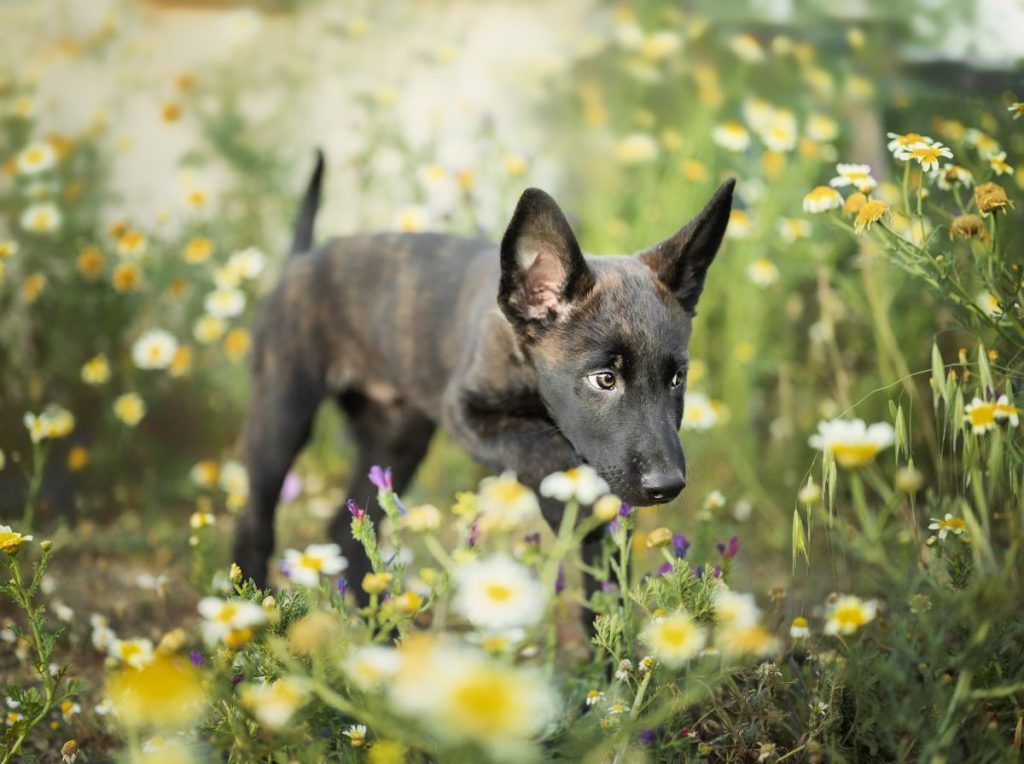Dutch Shepherd puppies, as the name suggests, originate from the Netherlands. They’re herding dogs who were used for several purposes, thanks to their physicality and highly adaptable nature.
Dutch Shepherds look quite similar to their more popular cousin breed, German Shepherds, and are known for their intelligence and athletic abilities. They’re fairly easy to train and do not tend to become aggressive. They’re also large and may look slightly intimidating.
However, these gentle giants are quite friendly and cheerful, which makes them wonderful companion animals. Listed below are some interesting facts about this rare breed that you may not know. You can also take a look at some cute pictures of Dutch Shepherd puppies.
They have a unique coat color

Dutch Shepherds are known for their brindle coloration, and there’s quite an interesting history behind it. When the breed standard for Dutch Shepherds was first made official in 1898, they were seen in all coat colors.
However, in 1914, this was revised in order to distinguish the breed from German Shepherds and Belgian Shepherds. Since then, their coat colors have been limited to those found in a brindle pattern. They’re also smaller than German Shepherds, with a height of around 21-25 inches and weighing between 50-70 pounds.
They’re dogs who can perform important jobs

Dutch Shepherds were initially used as farm dogs in the countryside. Their main job was to herd sheep and cows while protecting their pet parent’s farm. They were also used to pull carts to nearby markets and as guard dogs to watch kids while their owners were away. However, with time, they’ve become a lot more versatile and perform varying functions. Today, they work as police dogs, guide dogs for people with disabilities, and more.
They’re easy to train

Training a Dutch Shepherd isn’t a difficult task. They’re known to be extremely smart and learn quickly. These pups are also obedient and full of energy. So, training them won’t be a time-consuming activity. Moreover, they have the potential to excel in agility competitions.
Owners must socialize Dutch Shepherds with other people and dogs from a young age. Accordingly, it’s important to expose these pups to various kinds of environments and stimuli.
They were on the verge of extinction

Another fascinating fact about Dutch Shepherds is that they were a dog breed on the verge of extinction. While they were exceedingly popular in the late 1800s and early 1900s, their population started dwindling during the 1940s.
With the rise of modern farming techniques, these pups were no longer needed as herding dogs. Moreover, many Dutch Shepherds died during World War II in combat or due to starvation. Fortunately, though, the Dutch Breed Club began breeding them again after the war. Although they are still rare, Dutch Shepherds managed to survive, in no small part thanks to their versatility.
They can be high-maintenance

Dutch Shepherds need regular exercise to maintain their physical health. Without proper exercise, they could be at risk of obesity since they can easily put on weight. They also need open spaces to run and play to remain active most of the time. Ideally, these dogs should not be left alone at home, especially not for prolonged periods of time.
It’s also important to note that long-haired and wire-haired Dutch Shepherds require extensive grooming, as compared to short-haired ones.
They are at risk for a few serious health issues
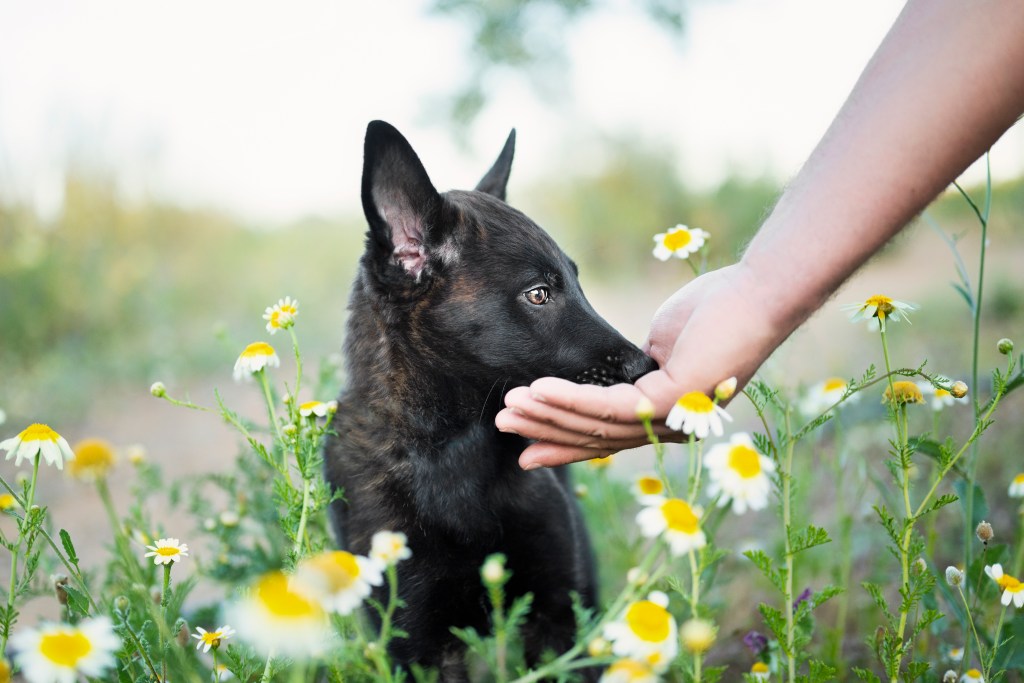
Although they’re generally known to be hearty and healthy dogs, there are some common health issues Dutch Shepherd puppies are susceptible to. One of them is hip dysplasia, a condition wherein the hip joints develop abnormally. This is quite common among large dogs.
Apart from that, Dutch Shepherds can also be vulnerable to other conditions like progressive retinal atrophy (PRA), epilepsy, and elbow dysplasia.
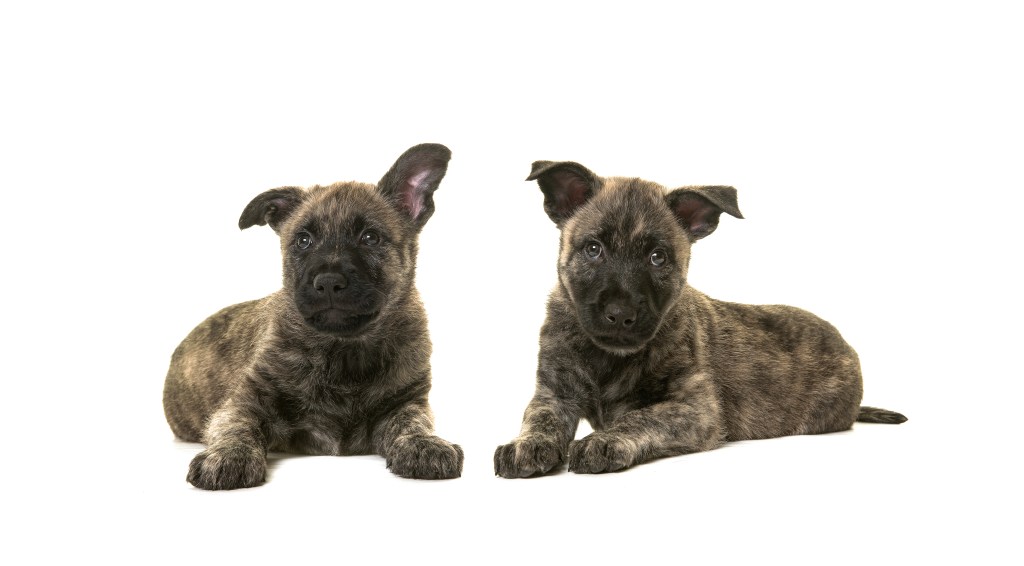
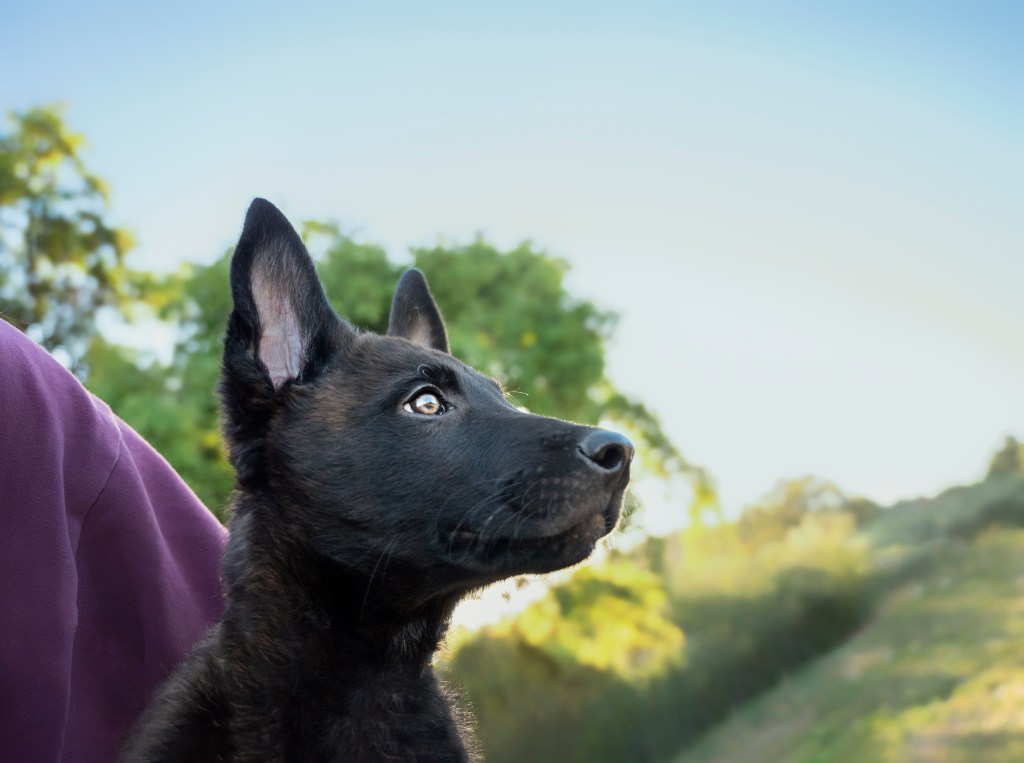

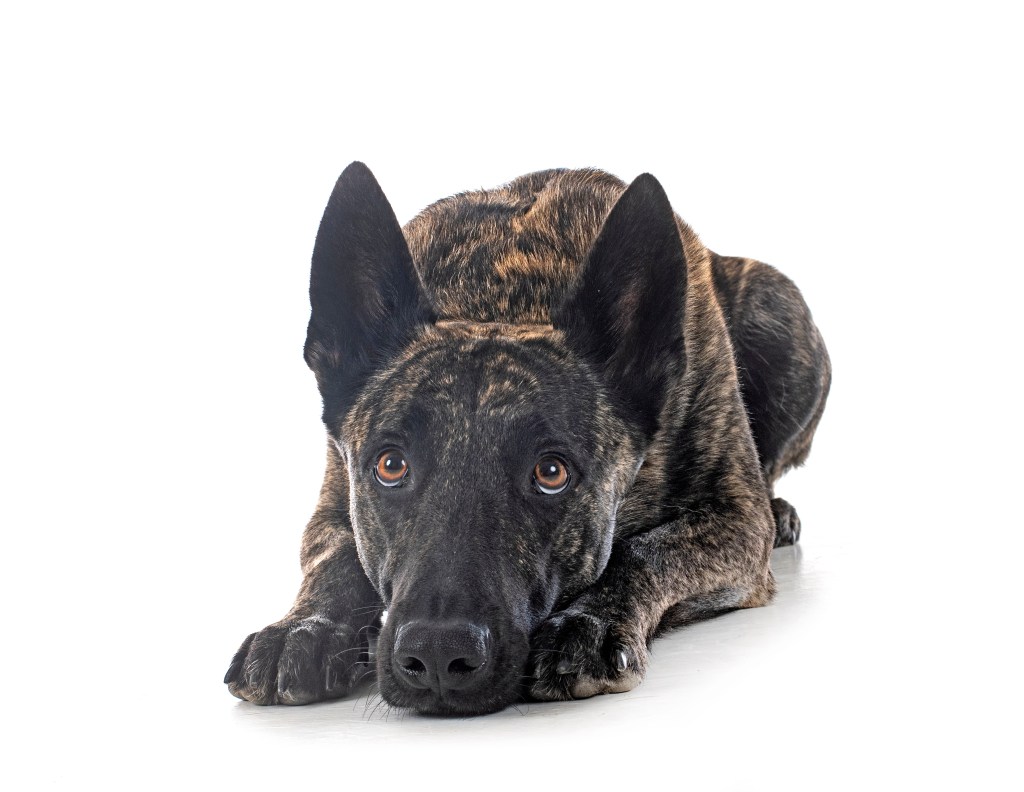

If you think a Dutch Shepherd puppy is the perfect companion for you, consider adopting from a shelter instead of purchasing from a breeder.
